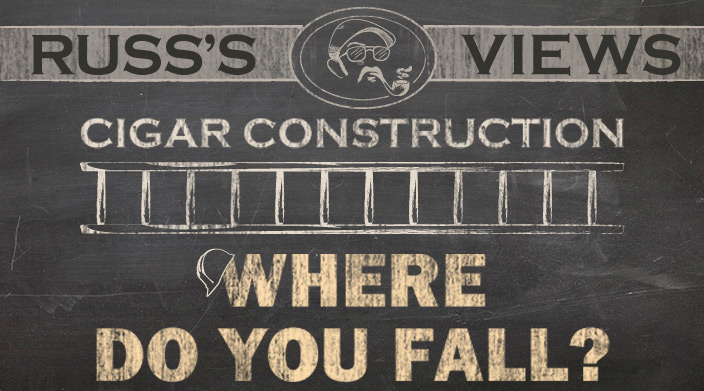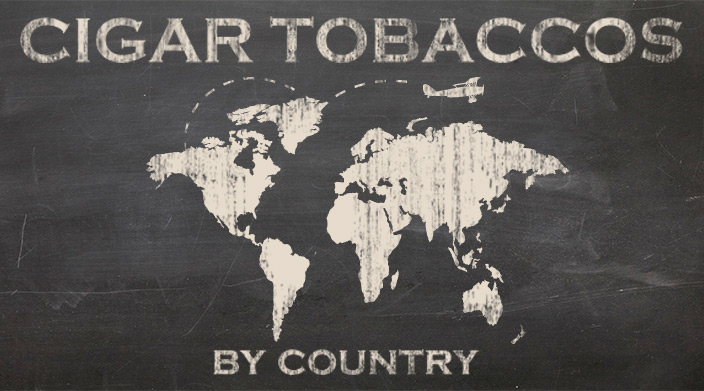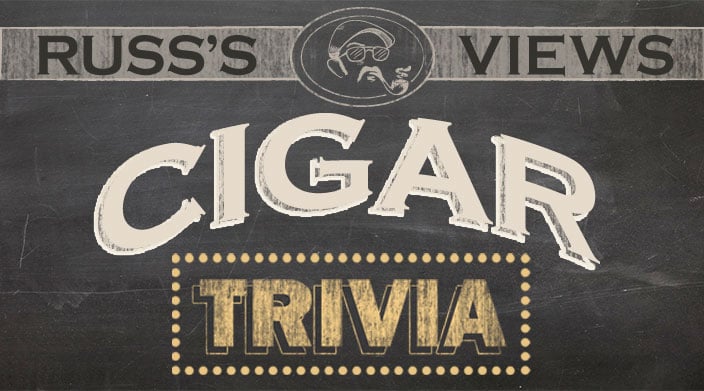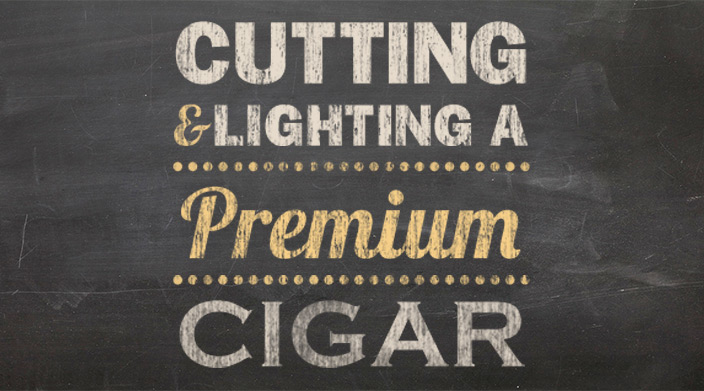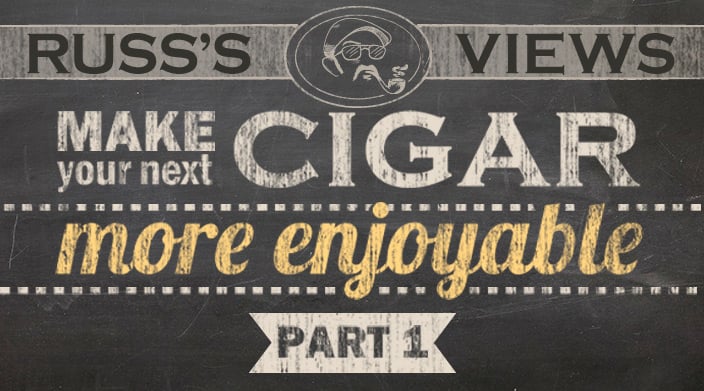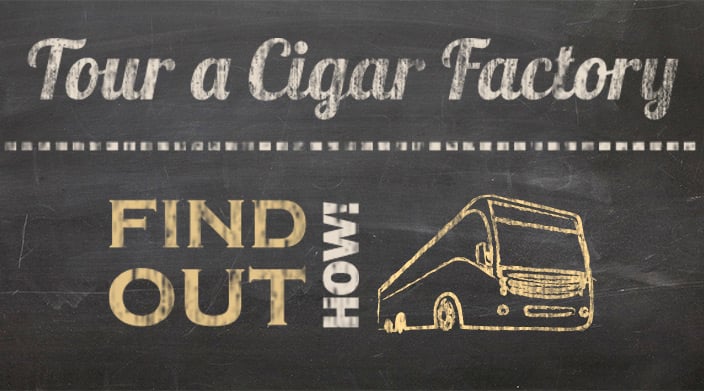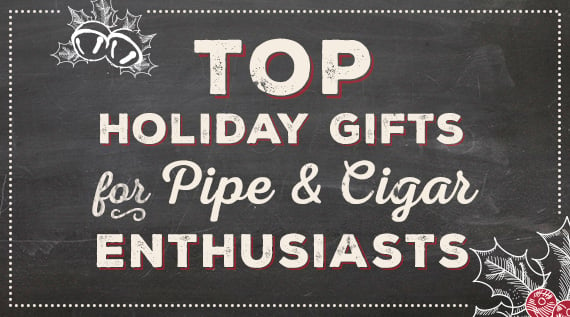When each type of leaves are harvested, they are tied in bundles of 25, called a gavilla, or hand. Shade-grown corojo leaves are immediately given one of the six following classifications, upon their arrival at the curing barn: ligero (light), seco (dry), viso (glossy), amarillo (yellow), medio tiempo (half texture), and quebrado (broken). Sun grown criollo is broken down into volado, seco, ligero, and medio tiempo categories. The leaves undergo two more assessments. The first assessment is a check, which separates the healthy leaves from the broken and unhealthy ones. The rejected leaves are set aside, and later cured, but can only go to be used in machine-made cigar or cigarette production. The remaining leaves are sorted by size, and are taken into the curing barn, or known in Spanish as “las casas de tabaco,” for air curing. These barns must be built in an east-west direction, so as to ensure that the sun only shines on the ends of the building in the cool hours following sunrise, and the hours before sunset. This prevents the barn from overheating, which will adversely affect the cigar tobacco. Temperature and humidity are constantly monitored to ensure a stable curing period. In the normal, sunny and hot weather of the tropics, the barns are hermetically sealed, unless the temperature or the humidity inside the barn rises to temperatures too high for curing tobacco.
The leaves are sewn together using a threading machine developed in the Connecticut Valley, which strings about 50 to 55 pairs of leaves of the same type together. These leaves are then attached to a cuje, a curing rod, and are placed on a rack where the leaves hang to dry, or ‘cure’ as it is called in the business. The curing process takes about 50 days, and during curing, the leaves slowly change from their original verdant green color, to a bright yellow, and finally to a light brown. Because tobacco is harvested in stages, the barn will have a spectrum of colors, as the fresher leaves will contrast with the older ones, which have ripened. Each leaf is checked by hand, almost daily to ensure that they are curing properly, and do not attract pests and/or mold. The curing process for cigar tobacco is quite different than the one used for cigarette tobacco in the United States. Cigarette tobacco is "flue-cured," which gives it a light, blond-ish, yellow color. Flue-curing involves the use of a stove in the barn, which is used round the clock, to cause the air to become extremely hot, which makes the leaves retain much of their tars, ammonia, and nicotine. Flue-curing takes much less time than traditional curing. In Cuba, so as to increase production, and so as to have two growing seasons for tobacco, the Cubans have begun to install heaters in their barns, for use at night, creating “semi-flue-cured” tobacco. The Cubans, in doing this, are trying to rush their product to market, and have drastically changed the nature of their product, which has been to the detriment of the quality of their cigars. When the cured leaves are finally removed from las casas, they are then transported to the factory.





